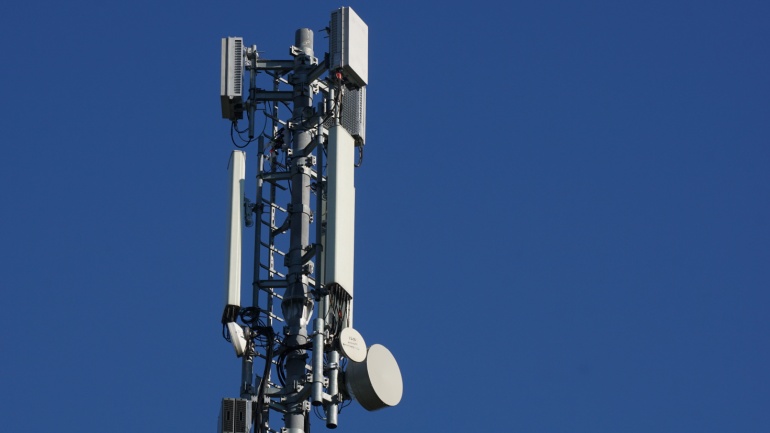Telecom analytics giant, Tarifica announced their latest Data Dive analysis results, illuminating the pivotal roles of Fixed Wireless Access (FWA) and fiber technology in enhancing worldwide internet connectivity and bridging the digital disparity.
Based on information from Tarifica’s Telecom Pricing Intelligence Platform, the analysis reveals that while fiber brings unbeatable speed and reliability to the table, FWA emerges as a viable alternative. This is particularly relevant in regions where the installation of physical cables is either not feasible or economically draining.
Soichi Nakajima, Vice President of Data and Analysis at Tarifica, stated: “Our exploration of Fixed Wireless Access (FWA) and fiber plans across various countries showcases the critical nature of both technologies in expanding internet access. Although fiber provides superior speed and reliability, FWA is integral in bridging connectivity gaps, largely in areas where the laying of physical cables poses difficulties.”
A closer look at FWA plans across the United States, Germany, and France also revealed the high pricing of FWA in the United States compared to the European nations. However, the advent of 5G FWA holds potential for enhancing connectivity in remote US regions.
“In the United States, fiber remains the preferred choice owing to its superior performance, but the emergence of 5G FWA presents an opportunity to connect remote areas,” added Nakajima. “On the other hand, Germany’s diverse FWA landscape caters to a spectrum of speed and data requirements, ensuring versatility for users in both urban and rural regions.”
While fiber is the clear favorite in France due to its high speed and bundled solutions, it was observed that France’s FWA plans trump the other two nations in terms of cost and speed. Moving forward, as technology advances and infrastructure continues to grow, the co-existence of FWA and fiber will be shaped by factors like speed requirements, coverage area, and budgetary constraints.
The gradual shift towards more accessible and affordable connectivity solutions underlines the criticality of innovation and competitive edge in the telecommunications landscape, propelling us towards a more integrated and interconnected society.
In his concluding remark, Nakajima reiterated, “FWA addresses a critical connectivity gap, providing a lifeline for regions where fiber infrastructures aren’t available. However, when both options are at hand, fiber’s superior speed and reliability offer better value for money, making it the favored choice.”







